What is the tolerance range of precision screws?
What is the tolerance range of precision screws?
Service Hotline
+86760-8787 8587We have more than ten years of production experience in the screw industry, the main products are: hexagon socket three combination screws, external knurled nuts, JISB1251, hardened and hardened pins, GB52 nuts, buttonhole aluminum blind rivets, shower curtain outdoor tent fabric hollow rivets, Combination hexagon socket head cap screws, countersunk head socket head cap socket head cap screws, galvanized galvanized bolts, 45# alloy steel material, boxed pan head socket head cap screws, barbed four-corner nuts, heavy duty bolts, hand-adjusting screws and other fasteners , Due to the different materials and specifications of the products, the prices are also different, if necessary, please contact us.


Anti-corrosion technology Stainless steel screws are made of metal, and there are four main methods for metal anti-corrosion, namely the properties of the material itself, the environment of use, the interface between materials and the environment, and the improvement of the metal structure design. If a complete anti-corrosion alloy is used to make stainless steel Screws, unless there is a special need, are not cost-effective in terms of economics, and it is also impractical to completely isolate the appearance of the screw from environmental elements that can cause corrosion. Improving the metal structure design can improve the influence of special circumstances under certain conditions, but the design of most stainless steel screws cannot be fully corrected, and its maintenance effect is not permanent, so this method cannot basically solve the problem, as long as it is on the surface. Top anti-corrosion, that is, surface anti-corrosion treatment is the most widely used method. The anti-corrosion treatment on the surface of stainless steel screws refers to the use of various methods to apply a protective layer on the metal surface. The purpose of avoiding or mitigating corrosion. The protection layer should be able to meet the following requirements: 1. Corrosion resistance, wear resistance, high hardness, 2. The structure is tight, intact, and the pores are small. 3. It has strong separation and good adhesion with the base metal. 4. It is evenly distributed and has a certain thickness. The maintenance layer is usually divided into two types: metal coating and non-metallic coating. Metal coating refers to the use of metal or alloy with strong corrosion resistance to form a maintenance layer on the surface of metal that is easy to corrode. This coating is also called plating. There are quite a few methods and varieties to produce metal coatings, the most common of which is electroplating, followed by molten metal immersion plating (hot dipping) and chemical surface treatment. Non-metallic coating refers to the use of organic polymer materials such as paint and inorganic materials such as ceramics to form a protective layer on the surface of metal equipment or parts. The protective layer can completely isolate the base metal from the environmental medium and prevent the base metal from corrosion due to contact. Corrosion is formed in the medium of stainless steel standard parts.
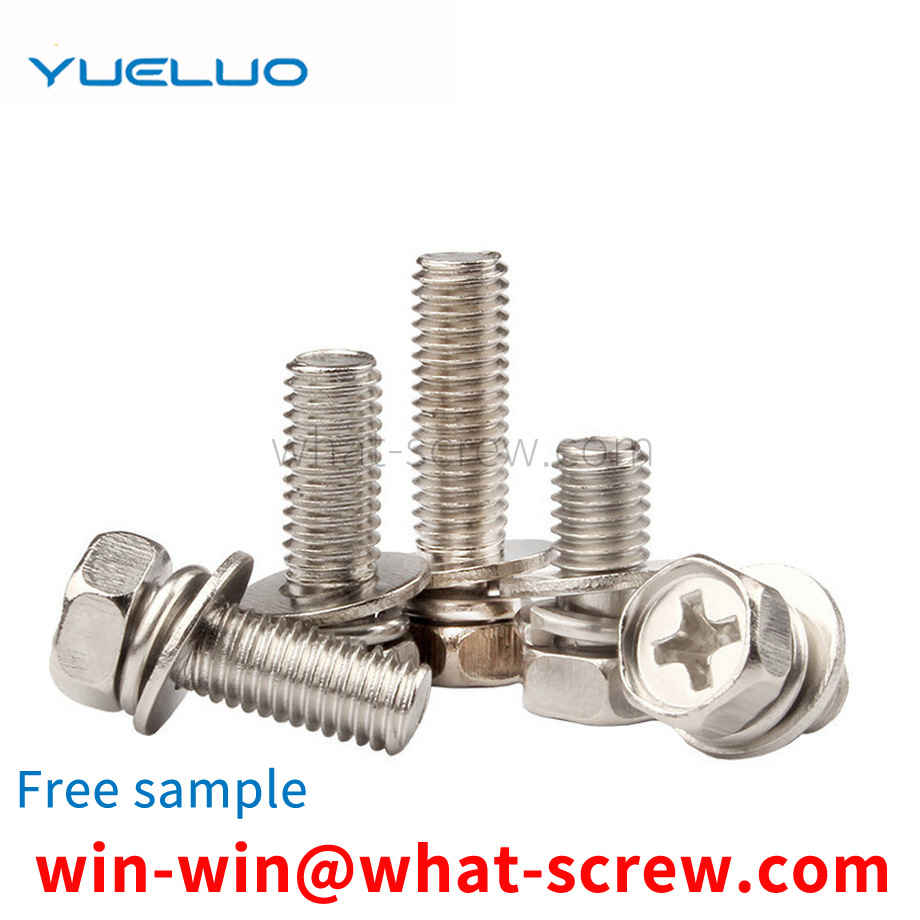
The conventional auger bit structure 1 includes a rod body 11, a screw head 12 provided on one end of the rod body 11, a drill tail 13 provided on the other end of the rod body 11, and a plurality of threads 14 arranged around the rod body 11; Wherein, the periphery of the drill tail 13 defines a parting line 15, and the parting line 15 makes the drill tail 13 symmetrically divided into a side 131 and a side 132, and a cutting end 133 is formed at the junction of the end of the side 131 and the end of the side 132, respectively. The cutting end 133 is concavely provided with a quarter-turn chip flute 134 in the same direction of the helix, and the edge 132 continues the chip flute 134 and has a quarter-turn chip flute 135 with different helical curvatures. , using the chip groove 134 and the chip groove 135 to be connected by different helical curvatures, so that the drill tail 13 can form a symmetrical and complete chip groove of 190 degrees.
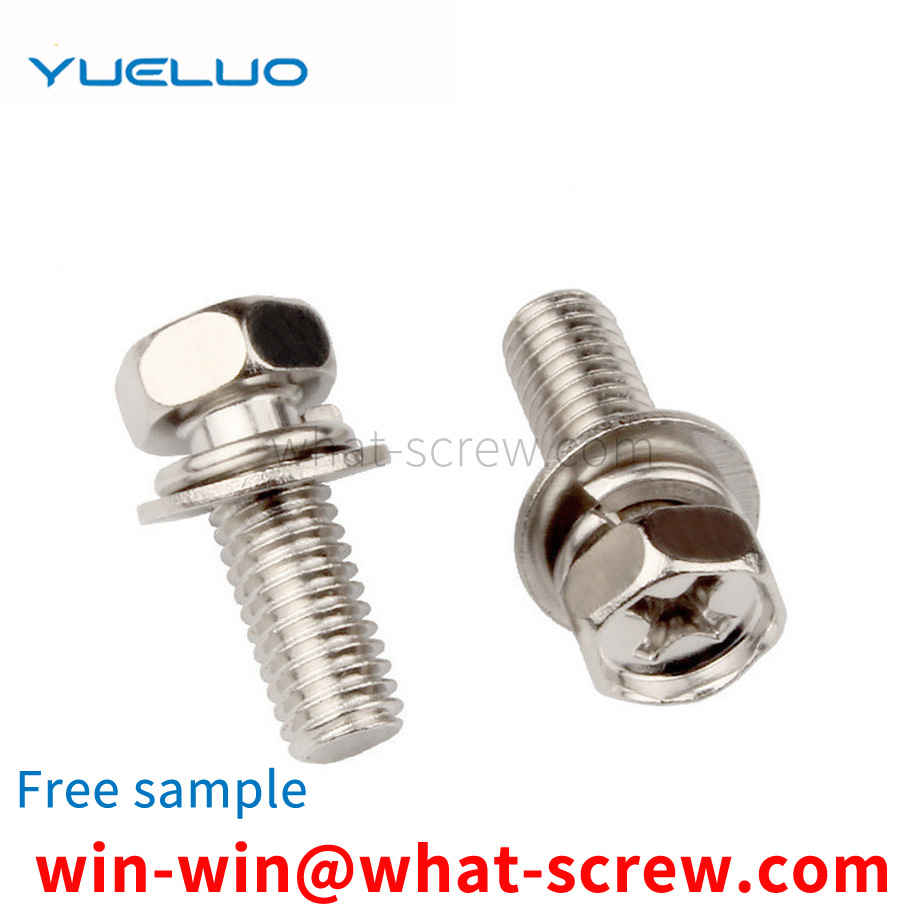
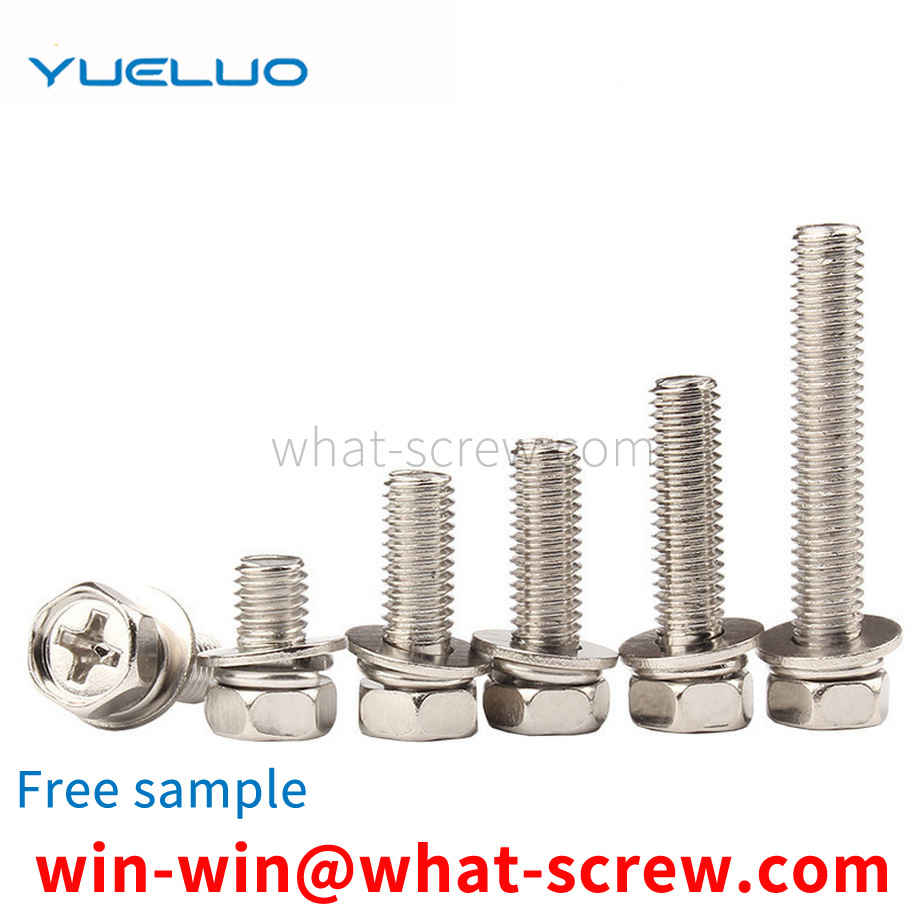
The circlip travel mechanism includes a travel cylinder and a travel plate connected with the push rod of the travel cylinder; the travel air cylinder can control the travel plate to be inserted into the circlip press-out and positioning mechanism, and the circlip lifting and tightening mechanism; the travel plate The surface of the device is provided with a groove for placing the circlip; the height of the groove is the height of one circlip.
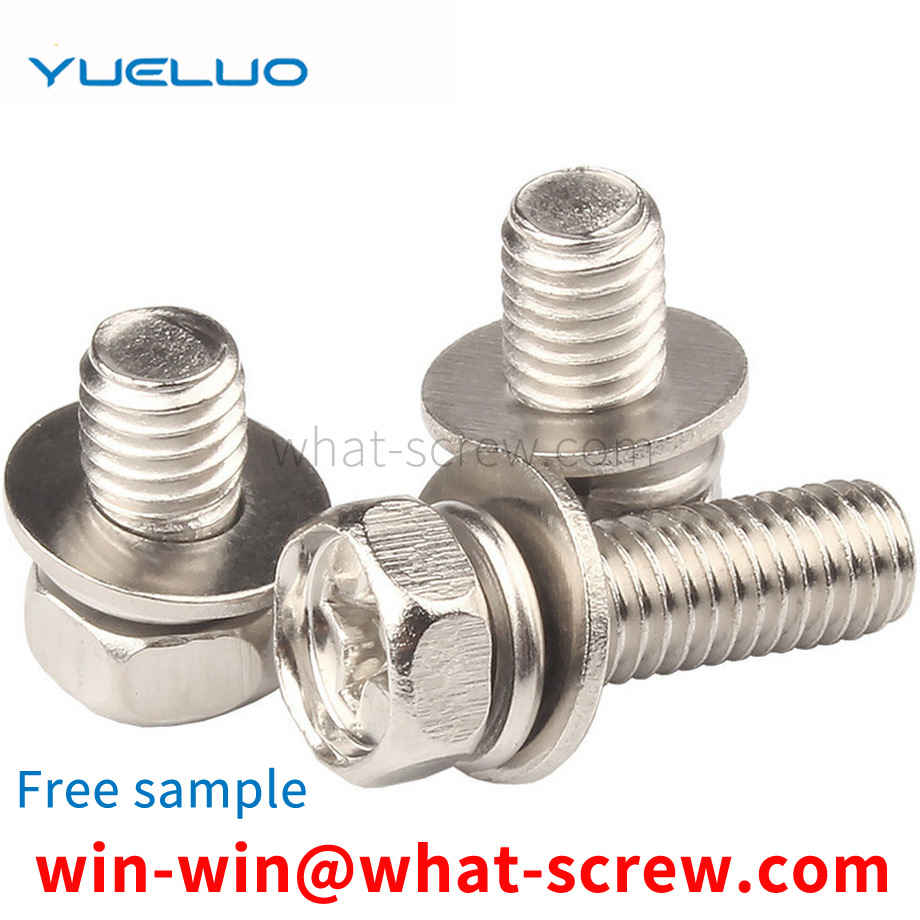
How to use, what is a rivet nut? Usually, rivet nuts used inside elevators are used to install some kind of screws when installing various parts on cars or individual boards on aviation. Commonly used places are very important connection parts, so the choice of rivet nut material is very important. How to use the rivet nut? Let's watch it together. Rivet nuts are used in the fixing fields of various metal plates, pipes and other manufacturing industries, and are widely used in the assembly of electromechanical and light industrial products such as automobiles, aviation, railways, refrigeration, elevators, switches, instruments, furniture, and decoration. It is designed to solve the shortcomings of sheet metal, thin-walled pipe welding nut, substrate welding deformation, internal thread taper, etc. It does not require internal thread, welding nut, rivet efficiency, and is easy to use.
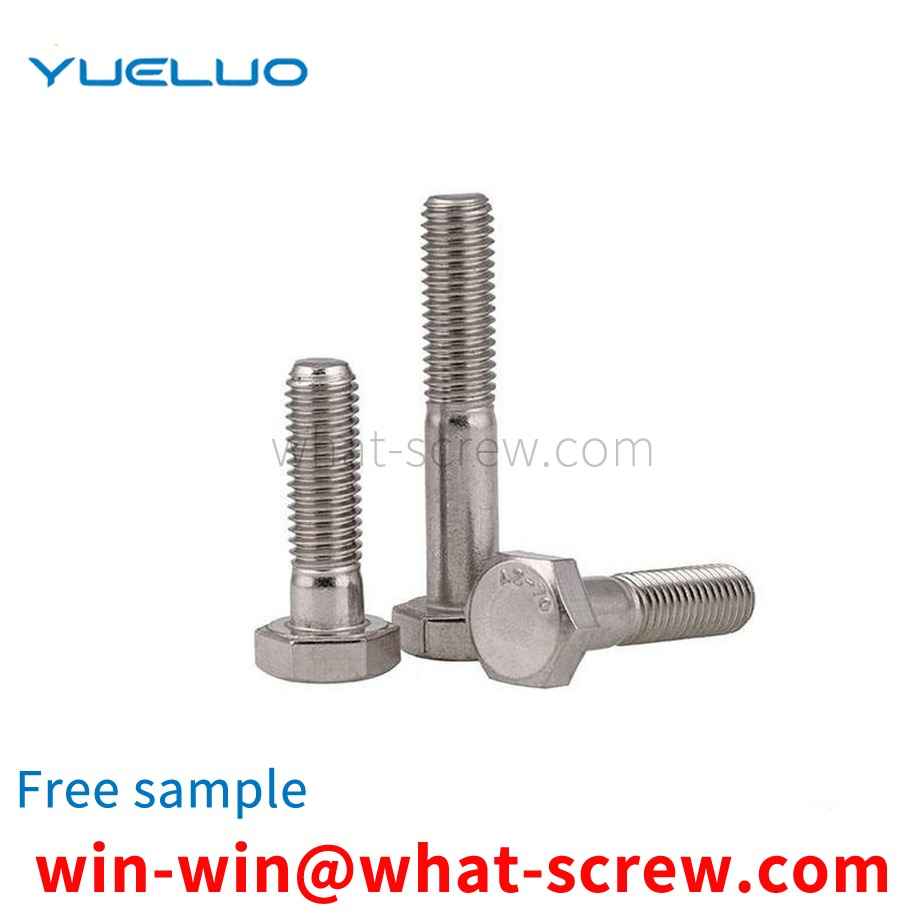
The above content is uploaded by Yueluo or the Internet. If there is any copyright issue, please contact [email protected].

What is the tolerance range of precision screws?

How to choose the right stainless steel screw manufacturer?

Why is there an R angle under the head of the hexagon head s...
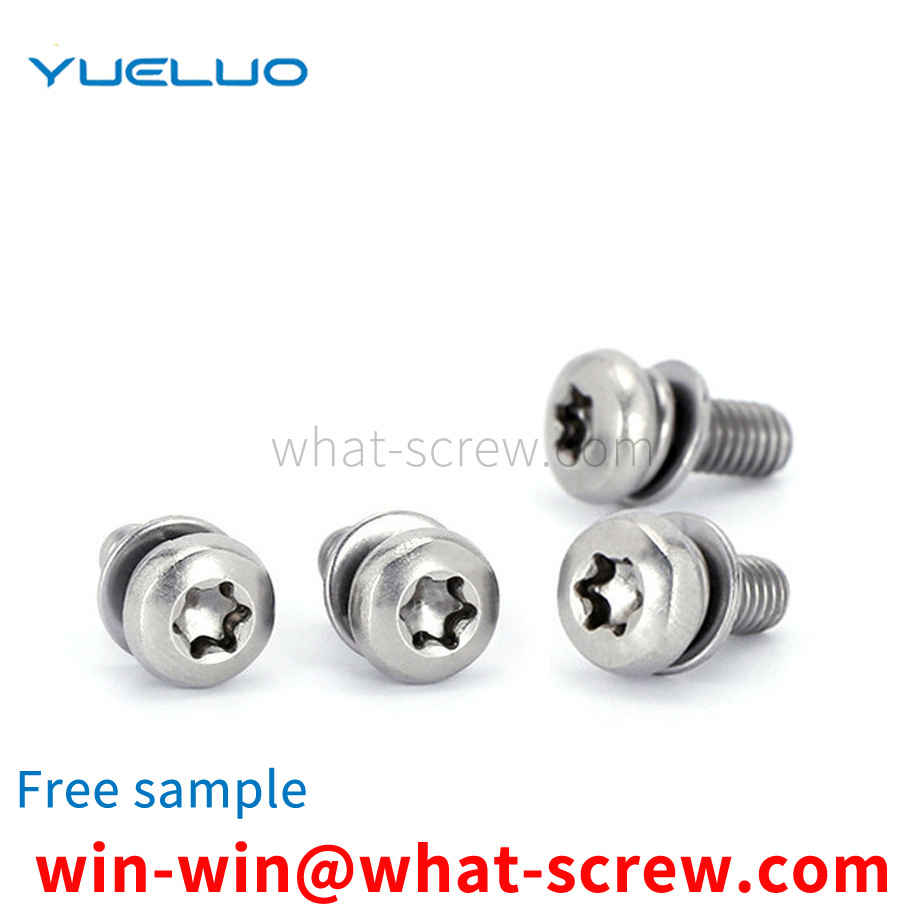
We have more than ten years of production experience in the ...

We have more than ten years of production experience in the ...

We have more than ten years of experience in screw industry ...
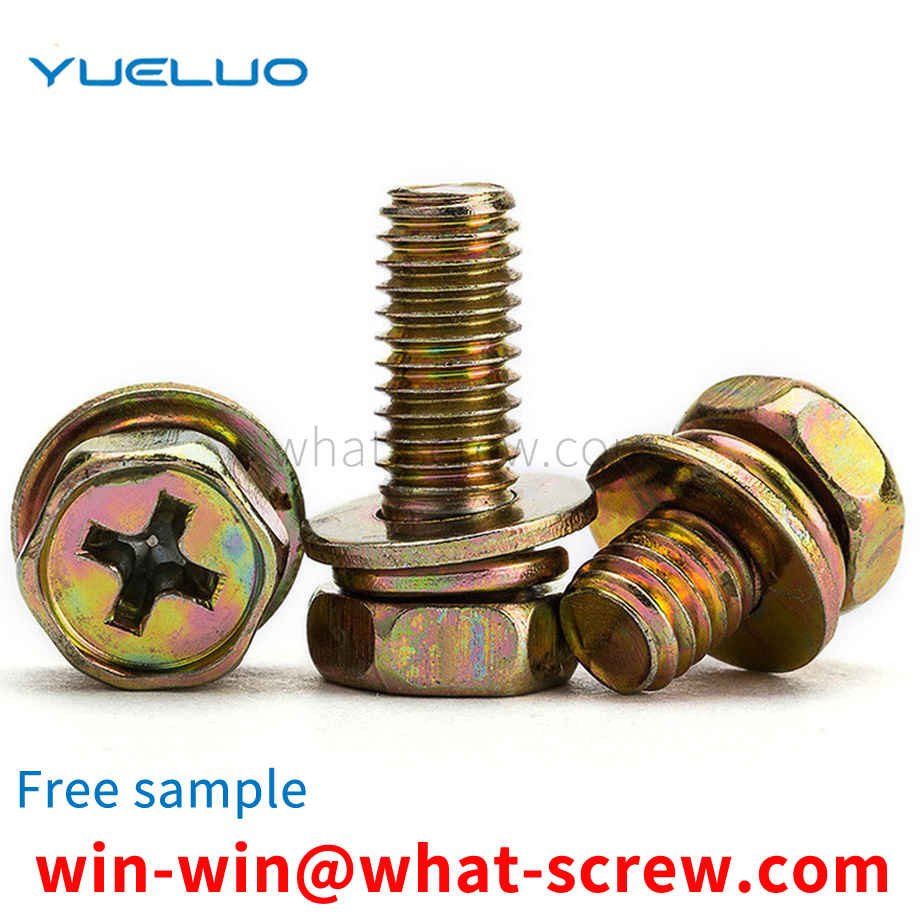
We have more than ten years of production experience in the ...